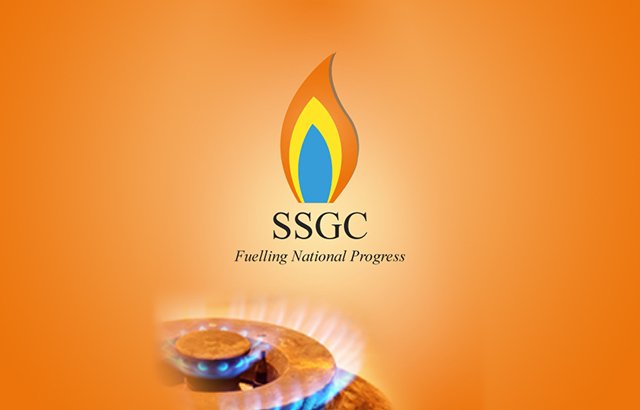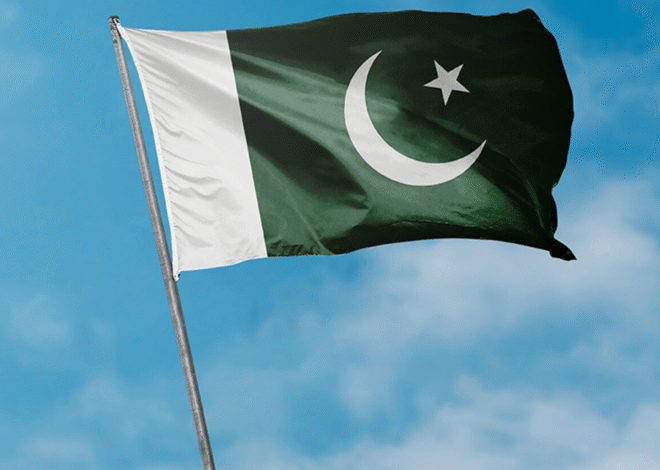
IMF condition: ECC set to green light gas tariff hike today
The Economic Coordination Committee (ECC) will meet today (Monday) to approve a plan to hike the gas tariff, a key part of the International Monetary Fund (IMF) conditions, including a zero hike in the gas circular debt for the ongoing financial year 2023-24.
The government is likely to increase the local gas tariff up to:
- 173% for non-protected domestic consumers
- 136.4% for commercial
- 86.4% for export
- 117% for the non-export industry
The cement sector will have to purchase the gas 193.3% higher than the current cost, making it the biggest bearer of the brunt, from 1,500 per MMBtu to Rs4,400 per MMBtu.
The CNG sector will face the second-highest increase in gas tariff by 143.8% from Rs1,805 per MMBtu to Rs4,400.
If the hike is approved, then it means that cement prices will skyrocket and CNG will be much more expensive than petrol.
The government, however, does not plan on increasing the tariff for tandoors which would ensure that roti prices remain stable.
The summary prepared by the petroleum ministry that is to be pitched today in the ECC meeting shows it has not spared the four protected domestic consumer categories as ostensibly it has not proposed to increase their gas tariffs but hiked their monthly fixed charges from Rs10 to Rs400 per month.
More importantly, the Petroleum Division has also proposed to escalate the per month fixed charges for the first 4 non-protected domestic consumers by 117.4% to Rs1,000 from Rs460 per month from their gas tariffs increase by 50-150%. Also, to be increased are per month fixed charges for the remaining 4 non-protected domestic consumers, by 334.78%, to Rs2,000 from Rs460 per month part, increasing their gas tariff by 100%-173%.
The summary states that SNGPL will now offer a blend of natural gas and RLNG in a 20:80 ratio to non-export industry out of the estimated volumes for industrial consumers, both process and captive, as per petitions filed by SNGPL to OGRA for revenue determination.
The blend offered by the Sui companies shall be reviewed every quarter based on the availability of natural gas and RLNG. And SSGC shall offer a blend of NG and RLNG of 90:10 out of the estimated volumes for industrial consumers, both process and captive, as per petitions filed by SSGC to OGRA for revenue determination.
Coming to the export industry, the summary says that currently, there is a wide price disparity between the industry operating on SSGCL and SNGPL networks. Industry in the north (operating on the SNGPL network) consumes a 50:50 blend of indigenous and RLNG for 9 months (Mar to Nov) and 100% RLNG for 3 months (Dec-Feb), averaging to the current tariff of $9.6/MMBtu (Rs2,790) over the year.
On the other hand, process connections of the industry in the south (operating on SSGCL) are being charged at Rs1,100/MMBtu. SSGC has recently started a supply of blend in the proportion of 75:25 for captive use of gas, which approximates $5.9/MMBtu (Rs1,710).
Analysis:
The proposed gas tariff hike is significant and will have a major impact on consumers and businesses. The cement and CNG sectors are particularly hard hit, with tariff increases of 193.3% and 143.8%, respectively. This is likely to lead to higher prices for cement and CNG.
The government’s decision to not increase the tariff for tandoors is welcome, as it will help to keep roti prices stable. However, the increase in fixed charges for non-protected domestic consumers is significant and will add to the financial burden on households.
The government has stated that the gas tariff hike is necessary to reduce the gas circular debt. However, it is important to note that the gas circular debt is a complex issue with multiple causes. The government needs to address the root causes of the circular debt, such as gas theft and inefficiencies in the gas sector, in order to achieve a sustainable solution.


